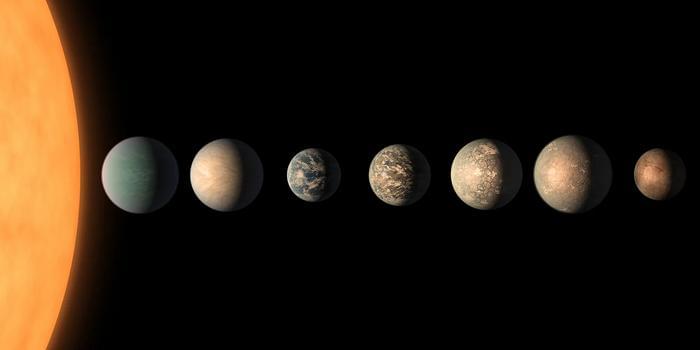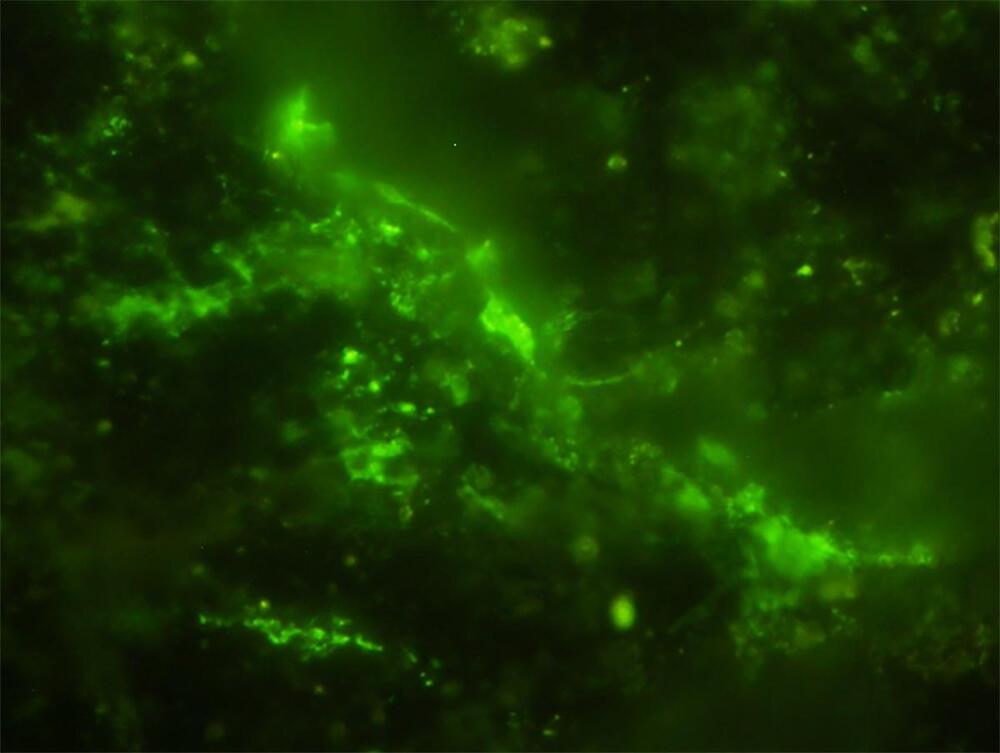Oct 28, 2024
Breakthrough Technique Could Reveal Alien Communications Between Planets
Posted by Paul Battista in categories: alien life, innovation
A new study by Penn State and the SETI Institute explored alien signal detection in the TRAPPIST-1 system using innovative techniques focused on planetary alignments.
Astronomers have developed a new technique to search for radio signals from planets beyond our solar system, particularly those aligned with both each other and Earth. These signals would be similar to those used for communication with rovers on Mars. Penn State astronomers, in collaboration with scientists at the SETI Institute, spent 28 hours using the Allen Telescope Array (ATA) to scan the TRAPPIST-1 star system for signs of alien technology. This effort represents the longest focused search for radio signals from TRAPPIST-1 to date.
Although no evidence of extraterrestrial technology was found, the project introduced a new method for future searches. The research has been accepted for publication in the Astronomical Journal.

















